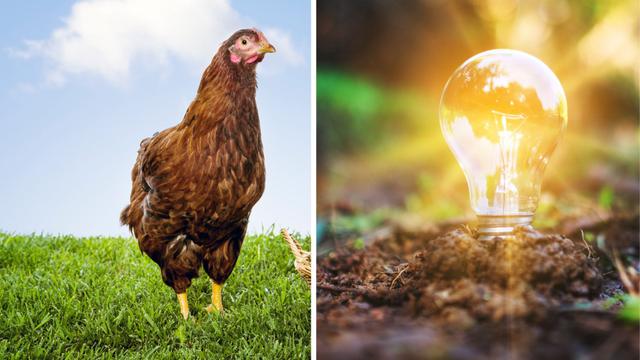
In recent times, a quest to develop green energy sources has increased the demand for energy storage devices.
However, certain materials used in these devices can be costly and pose environmental concerns. Creating energy storage solutions from commonly discarded items could solve these issues.
To that extent, researchers at Yeungnam University in South Korea have devised a technique to convert chicken fat into carbon-based electrodes for supercapacitors, which store energy and power LEDs.
The team claims their method, given how easy and smart it is to create new carbon-based materials from waste chicken fat oil, can be “considered a potential advantage for commercial energy storage devices and may open the door to producing inexpensive, industrially revolutionizing energy storage devices.”
The details of the team’s research were published in the journal ACS Applied Materials & Interfaces.
Need for affordable storage solutions
As per the International Energy Agency, the capacity of renewable energy worldwide surged by about 50 percent in 2023 compared to the previous year, an unprecedented development.
Researchers claim that excess energy needs to be stored somewhere so that the world can eventually profit from its production. For instance, an excess rooftop solar panel supply has recently caused California negative energy costs on bright days.
Because carbon compounds like graphene are naturally abundant and have efficient charge transmission, they have been used in recent efforts to create high-performance storage devices. However, producing these materials is costly, and it also causes greenhouse gases and pollution.
“An easy way of synthesizing low-cost carbon nanomaterials without the need for high-temperature processing approach is critical for energy storage applications because the demand has increased for affordable, long-term, and environmentally friendly synthesized carbon-based materials,” said the study.
Novel supercapacitor from chicken fat
The researchers first rendered the fat from a chicken using a gas flame pistol. Then, they burned the melted oil using a flame wick method, similar to an oil lamp. The soot was then gathered on the bottom of a flask hung over the flame.
Electron microscopy revealed the presence of carbon-based nanostructures, or CNOs, in the soot. These CNOs resembled layers of onions and were uniformly spherical lattices of concentric graphite rings.
The scientists experimented with soaking the CNOs in a thiourea solution to improve their electrical properties. As expected, these characteristics increased even more when the carbon nanoparticles treated with thiourea were used to make the electrodes.
When the carbon nanoparticles dipped in thiourea solution (h-CNOs) made from chicken fat were assembled into the negative electrode of an asymmetric supercapacitor, they showed excellent capacitance, durability, and high energy and power density.
Researchers claim the h-CNOs exhibited a specific capacitance of 261 F/g, surpassing the undoped CNOs’ capacitance of 180.6 F/g at a current density of 1 A/g. Furthermore, the h-CNOs demonstrated a rate capability of 69 percent and cycling stability of 97.5 percent under high current densities.
The asymmetric supercapacitor made using h-CNOs as the negative electrode and MnCo2S4 (MCS) as the positive electrode demonstrated exceptional energy and power performance at 32.8 Wh/kg and 7350 W/kg. Over 5000 cycles, the capacitance retention was 97 percent.
